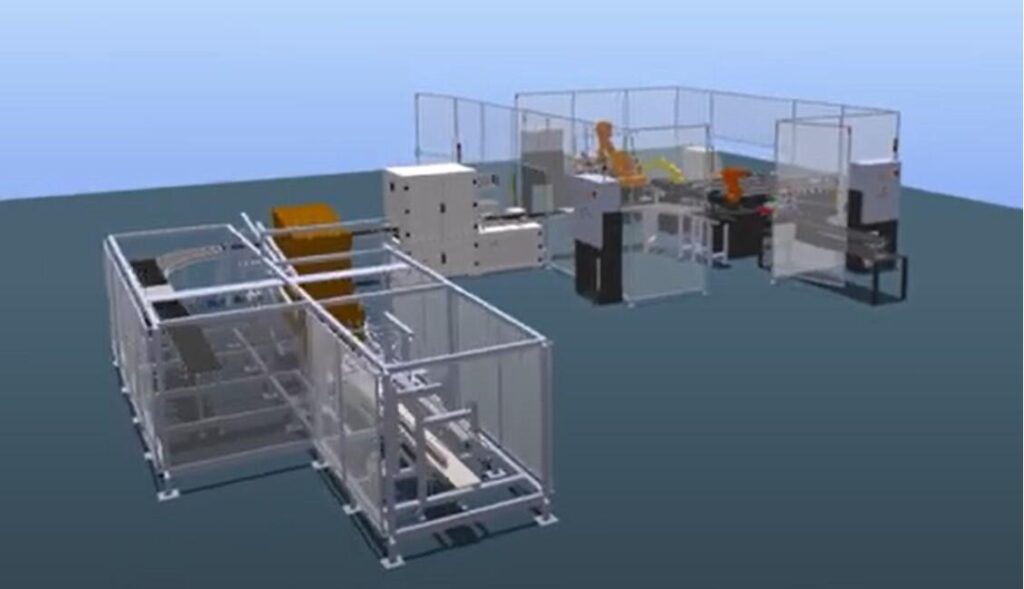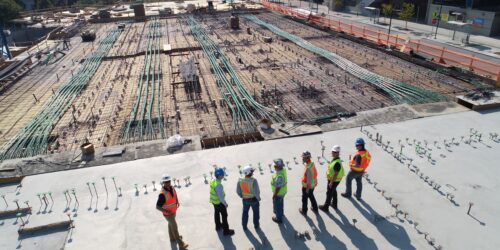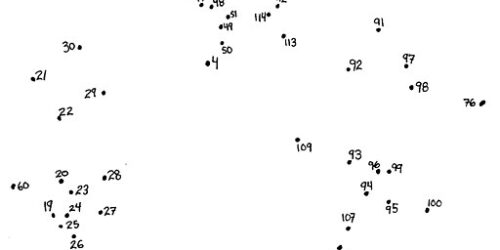
Proposing, Designing, and Presenting Online – Robotics and Automation Capstone Projects
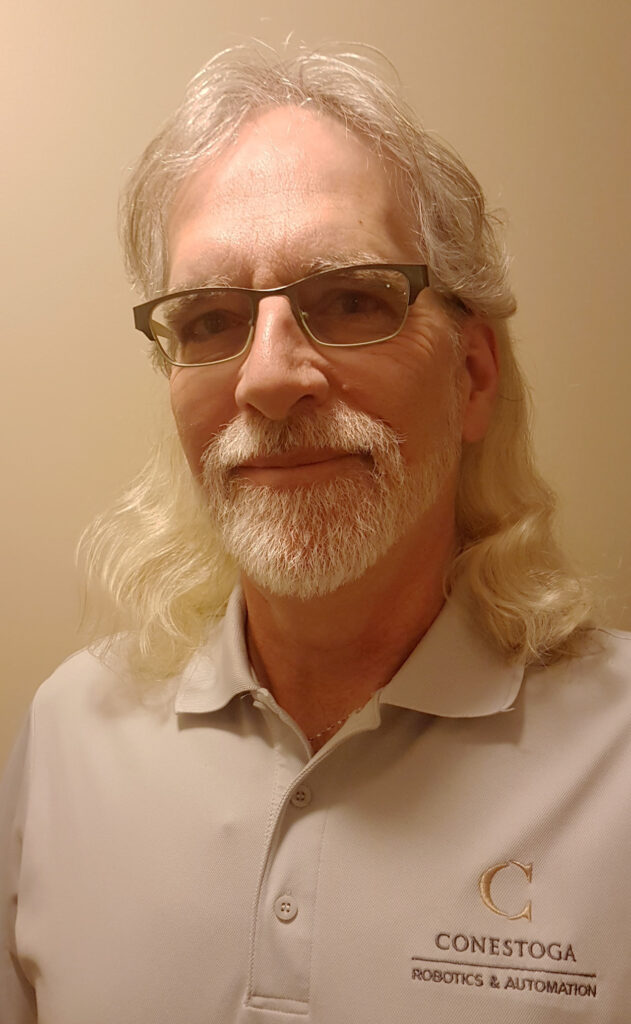
John Tielemans has been full-time with Conestoga College since 1998. With a background in physics and nuclear systems, he brings a strong desire to learn into his teaching. He is proud of watching students grow, excel and succeed from entry into the program through to completion with unique capstone projects. John is proud to be working with such a talented Engineering Department team to make Robotics & Automation graduates job ready.
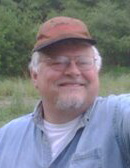
Henry Kastner has been a faculty member in Engineering Technology since 2010. Prior to joining Conestoga, Henry spent 30 years manufacturing low volume custom designed and high volume precision components for the elevator and automotive industry. Henry is proud to share his career successes (and failures) with his students especially in the areas of business process and project management and control. Witnessing the demonstrated transformation of knowledge and maturity at the final capstone review is a particular highlight.
On Monday, Aug. 16, third-year students in Conestoga’s Mechanical Engineering Technology – Robotics and Automation advanced diploma program proposed, designed, and presented capstone projects virtually due to COVID-19.
Working in groups of about 14, students demonstrated skills in project management, quality assurance, safety, and final product design. Examples included an automated line to fabricate, assemble, and package ultraviolet sanitizers for medical/dental and personal use, and a system to produce, package, and box custom ringed notebooks.
“Our students have learned to work and collaborate online,” said program co-ordinator John Tielemans. “This year’s graduates are equipped to work in virtual offices, since their groups designed everything in an online course while practicing conflict resolution skills that are critical for successful teamwork in the robotics and automation field.”
Delivering an Online Capstone Course
John, along with full-time faculty Henry Kastner, led the two-semester capstone course. Through setting regular online synchronous check-ins with groups, showing flexibility with deadlines and expectations depending on workload in other courses, and assessing progress with weekly rubrics, they supported students in combining their learning from previous courses.
In the capstone’s first semester, taught in the Winter by Henry, students started by forming groups of four or five and developing ideas for projects. In February, they proposed these projects to their classmates and Henry, who voted for the top three they’d like to see created. These final projects were determined after students, with consultation from Henry, expressed which ones they think are workable based on robotic tools and resources available.
“Our students have learned to work and collaborate online. This year’s graduates are equipped to work in virtual offices, since their groups designed everything in an online course while practicing conflict resolution skills that are critical for successful teamwork in the robotics and automation field.”
John Tielemans, professor and program co-ordinator of Robotics and Automation
“When a group’s project receives one of the top three votes, those same groups determine the number of robots, devices and parts needed,” said Henry. “When their groups meet for the first time, we discuss how they’re going to earn marks and what work they will have to do, just like workplace project management. Students submit weekly reports on what they’ve done and what they’re going to do the following week.”
Supporting Capstone Project Development
In both semesters of capstone, Henry and John seek evidence that students are applying program outcomes. They ask students to evaluate themselves on weekly progress: planning design for their projects and determining if they used proper mechanics and design evaluations.
In these weekly assessments used by John and Henry, they ask students to consider safety aspects of their projects, as well as timing and ergonomic aspects. They structure rubrics and meetings so students refresh their memories and incorporate skills learned in their previous two and a half years in the program.
Alternative Assessments With Real-World Relevance
These capstone projects differ from traditional exams, during which students complete an evaluation in two to four consecutive hours. With the Robotics and Automation capstones, students’ level of success can be seen early on by meeting regular milestones, and the opportunity to succeed is spread through the entire semester. “In a final exam, students may feel their success is largely influenced by the design of the evaluation,” said John. “In our capstone projects, especially during COVID-19, we want students to present their work and feel they’ve accomplished the program outcomes.”
“Through these projects, we want to prepare students for the transition to their chosen careers. They are designed to resemble an actual project arc, which students will encounter in the workplace,” said Henry. “Capstones take students and faculty a lot of time. In many cases, students are taking capstone along with a full course load.”
On the topic of supporting capstone project development at a distance, Henry says, “One tip I have is to maintain constant communication with students. Set up regular meetings and see how they’re doing, especially working in groups. We want them to be successful in their studies and future careers.”

